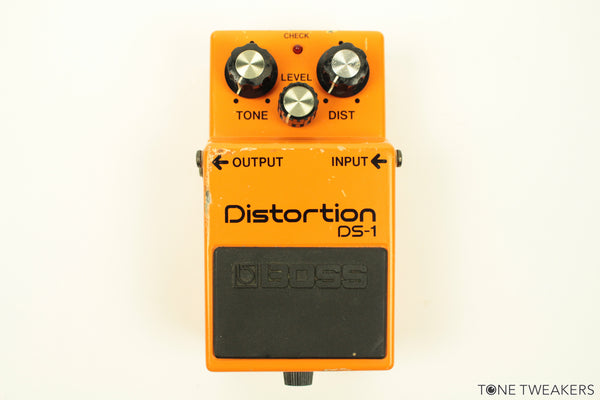


The side effects were notable, but they quickly became something desirable the warm of this pedal’s repetitions is something cherished up until this day. Engineers did the impossible to exploit the capabilities of it and give this pedal a max of 300 milliseconds of delay time. The DM-2 version used the famous Panasonic MN3005 BBD chip. It also represented a shift in technology: from now on, the company decided that their analog delays will use BBD chips, instead of CCD ones. Logically, this is the version introduced in 1981. I am inclined to believe there are actually two versions and three production batches so to say. It is stated there are three versions of this unit. 3000mA (I do need to further check this fact, but for now is what I have). The power consumption of the DM-2 was also significantly smaller: 11mA vs. This pedal also had a clear advantage over the DM-1: it could run on batteries. Now, players could finally have a truly compact delay. The introduction of this pedal in 1981 represented a big leap forward. The logical conclusion was to follow on this pattern and do the same with their delays. The BOSS DM-2Īs mentioned before, BOSS started to introduce their compact line of pedals during the late ’70s (the OD-1, PH-1, and SP-1 were the first ones). As you can expect, the repetitions tend to be lo-fi, but they are good nonetheless.īecause it’s old and was in production for less than two years, this pedal is really hard to find, and the prices in the second-hand market tend to be really high.

I’m not really 100% sure about this, but I think it used the CCD chip made by Reticon, the R5101 as you can see on this picture below: Image 2: Here you can see the CCD chip used in the DM-1.Ĭoncerning the delay time, this old boy could provide you with 500 milliseconds (some people say it can also go to 600), which is already superior to the 300 milliseconds of his future younger brother the DM-2 (but more on that later). The DM-1 did not use BBD chips! Yes, it’s an analog delay, but as surprising as it may sound, this pedal used something called a Charged Coupled Device (CCD), a competing technology with the BBD chips. But there is something interesting at the core of this one. I’m not aware if this pedal had more than one version. Even though the DM-1 didn’t have many of the features of the RE-201, it had two main advantages over his mechanical counterpart: it was more affordable and also, it was portable. The idea was to give players an alternative to their already successful tape delay, the Roland Space Echo RE-201. It was first introduced to the public in 1977 and went out the market at the beginning of the ’80s. The BOSS DM-1 was the very first analog delay pedal produced by BOSS. I think this misconception arises because the DM-2 already came in the famous BOSS pedal-shape: a rectangular brick, built like a tank with three dedicated knobs. So… let’s go! Before the DM-2, There Was The DM-1Ĭontrary to popular belief, the DM-2 was not the first analog delay made by BOSS. On this post, I will try to tackle some of these questions and try to shed some light on the things everyone should know about this pedal. So, what’s behind this pedal? What BBD chips does it use? How good is the reissue DM-2w compared to the original ones? These chips are responsible for the great sounds of the past and as you can already tell, the BOSS DM-2 was of one those most recognizable analog delays that used these chips. On a previous post, I mentioned that analog delays are special because of the technology they use: BBD chips. Since its introduction in the early ’80s, it has been used by people all around the world. I’m pretty sure that you have heard about this pedal.


 0 kommentar(er)
0 kommentar(er)
